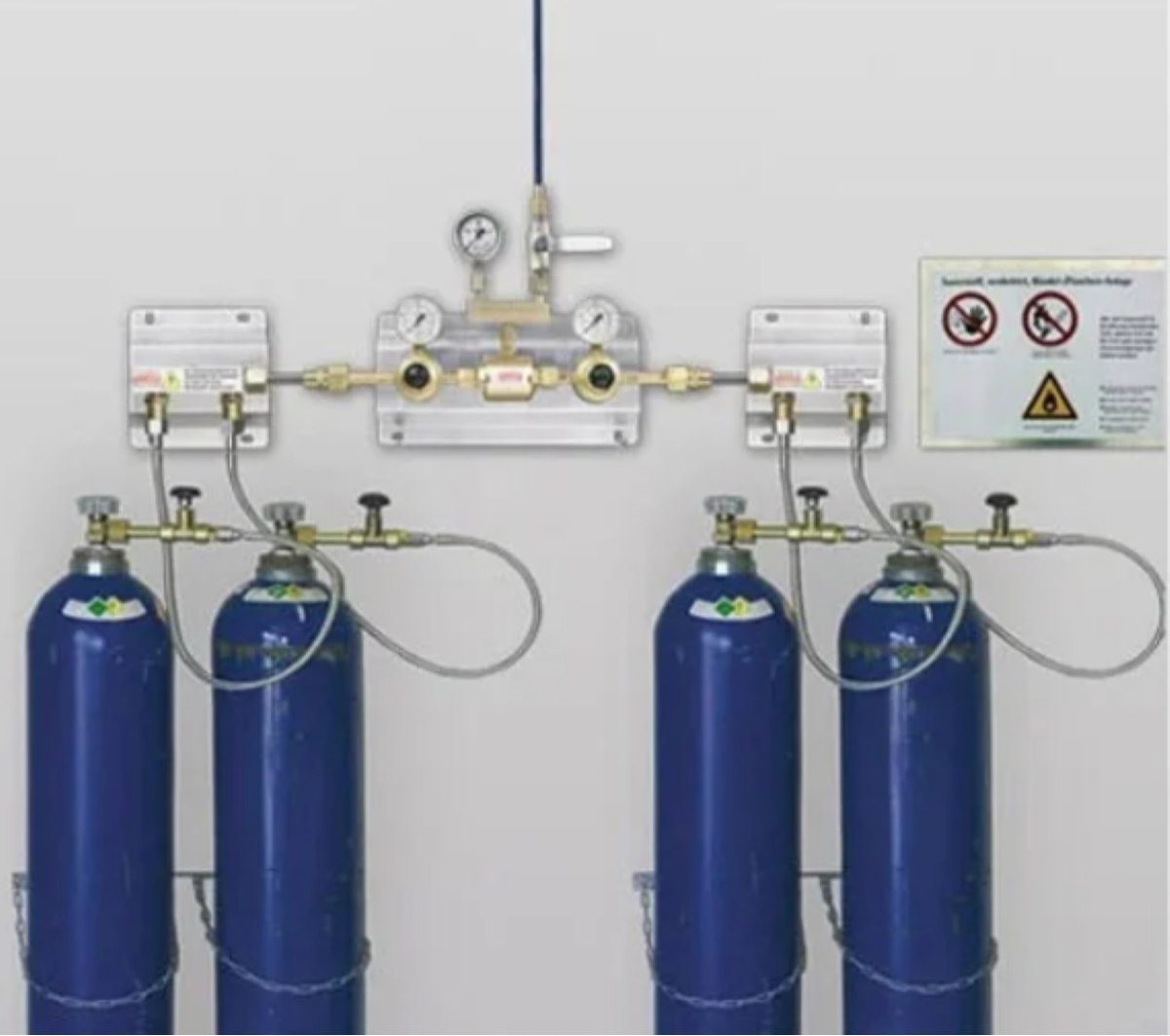Central Medical Gas Management System for Hospital Safety

In modern healthcare, safety and reliability are the backbone of patient care. In many systems that run a hospital smoothly, one that often works quietly behind the curtain is the central medical gas management system. This system ensures that vital gases such as oxygen, nitrous oxide, medical air, and vacuum are delivered seamlessly to different areas of the hospital, supporting both life-saving procedures and day-to-day treatments.
Why Hospitals Rely on a Central Medical Gas Management System
Hospitals cannot afford interruptions when it comes to medical gas supply. The central medical gas management system plays an important role by maintaining uninterrupted distribution in the operating room, intensive care units and patient wards. Unlike standalone cylinders, which require continuous manual replacement, a centralized system provides a controlled and efficient flow of gases. This reduces delay in care and reduces the possibility of human error.
In addition, the system is designed with underlying monitoring capabilities. Pressure gauge, alarm panels, and automatic switchover units ensure that any deviation in the supply is immediately detected and corrected. This round-the-clock reliability assures doctors and nurses to focus on patients without worrying about the availability of gases.
Enhancing Patient Safety through Controlled Supply
The most important co ntribution of a central medical gas management system is patient safety. Each medical gas has a defined purpose, and even a small error in delivery can lead to serious consequences. With a centralized system, hospitals can control the level of pressure, avoid crosses and monitor purity standards.
For example, oxygen should be distributed at the right concentration to support patients with respiratory conditions, while anesthetic gases used in surgery require an accurate dose. A centralized system ensures that these gases are distributed with accuracy, which can prevent the risks arising from manual handling or poor equipment.
Compliance with Healthcare Standards
Healthcare features are strictly regulated, and compliance is non-negotiable. A central medical gas management system is designed to meet these rules, ensuring that hospitals follow the safety codes, national guidelines and international standards. Regular inspections and certificates are easy to manage when there is a reliable system.
By investing in a well-designed management system, hospitals can demonstrate their commitment to safety, which in turn builds trust among patients and their families. Moreover, compliance protects hospitals from legal or financial liabilities that may result from inadequate gas supply systems.
Efficiency and Cost Savings
Beyond safety, efficiency is another advantage of a Central Medical Gas Management System. With centralized monitoring, hospitals can track usage patterns and plan refills in advance. This reduces wastage, lowers operational costs, and ensures that cylinders are only replaced when necessary.
Additionally, fewer manual interventions mean staff can focus more on patient care rather than logistics. Over time, this efficiency translates to average cost savings while maintaining the standard of service.
Role of professionals in system installation and maintenance
The effectiveness of a central medical gas management system depends not only on devices but also on professional installation and regular maintenance. Certified engineers ensure that pipelines, outlets, and monitoring devices are correctly set up and regularly inspected. Preventive maintenance further reduces the chances of breakdowns and keeps the system in optimal condition.
Hospitals should partner with trusted providers who understand both technical requirements and safety regulations. This ensures that the system remains reliable for years and supports the hospital’s commitment to high-quality patient care.
Future of Hospital Safety and Medical Gas Management
As hospitals are expanded and the patient is needed, dependence on a central medical gas management system will continue to increase. With progress in monitoring technology and clever alarm systems, hospitals can expect even more control and reliability. The attention will be on ensuring uninterrupted care, where in every other case, and the safety of the patient is never compromised.
Conclusion
The Central Medical Gas Management System is more than just a The central medical gas management system exceeds a network of pipelines and cylinders; This is the backbone of hospital security. By ensuring accurate gas distribution to support compliance and efficiency, this system protects both patients and medical staff. For hospitals aiming to maintain high standards of care, investing in a reliable management system is not just a technical necessity but a fundamental commitment to safety.








